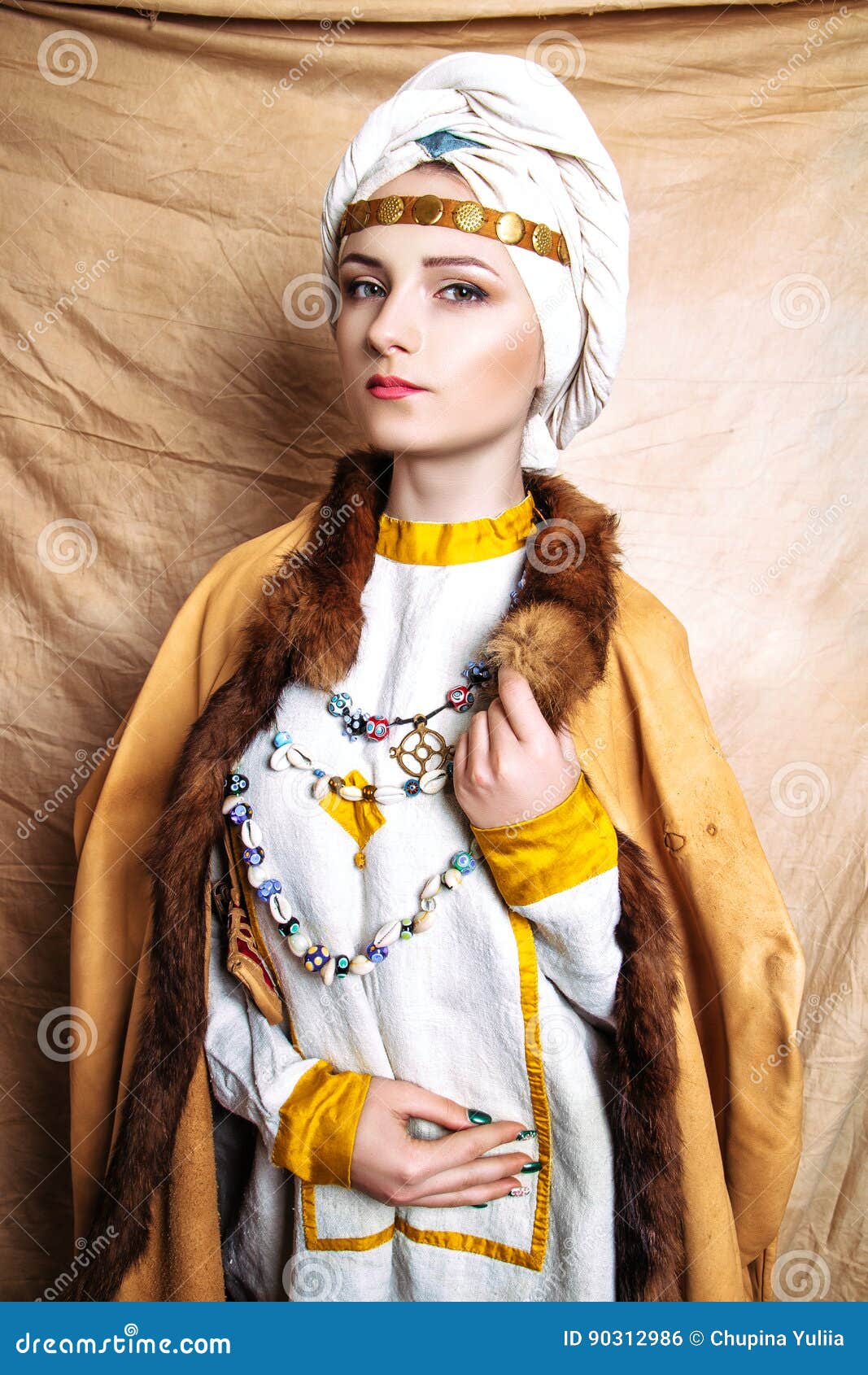Explained Asiatic Bridal Beliefs
It is not surprising that many people are choosing to include traditional Eastern chinese brides marriage beliefs into their specific evening given that there are more Asian Americans living in the united states. Whether you are an Indo- American looking to recognition divine practices or a Korean American hoping to paid homage to family history, these traditions are a beautiful addition to any contemporary wedding ceremony.
The sophisticated rituals and vibrant colors of Eastern weddings are sure to make you feel happy and in touch https://www.ftc.gov/business-guidance/resources/ftcs-endorsement-guides-what-people-are-asking with your lineage. There is no doubt that more and more people will embrace classic Eastern customs and traditions for their big evening as a result of the growing number of multicultural couples who are planning their marriages. In the past, most of these rites were just held in China and India.
During a drink service, it is important for the handful to honor their kids in Chinese culture. Traditionally, the newlyweds did provide a cup of tea to each set of parents while sitting on chai pillows. The bride and groom did therefore bow before their relatives and accept their items. These presents, which can range from jewelry to meals items, are typically red envelopes stuffed with cash. The number 4 is a awful fortune image, so older family frequently give the bride and groom percentages of 8.
Parents and another older community users are even subjected to this tradition. The brides typically pay their ancestors a attend after the tea meeting. Usually, the partners likely give the mothers a cup of tea in exchange for donations. These presents are typically identical to those given to the kids, but they are more numerous.
The matchmaker would use a tool called suan ming to match the birthdates of the chosen girl and boy prior to the engagement ceremony ( practically 8 cyclic figures that stand in for the year, month, day, and hour of an individual’s birth and determine his fate ). If the dates worked out well, the matchmaker would send the girl’s family a gift known as the money or marriage gifts. At a feast, the bride was officially introduced to her new husband’s family and friends. There, she would bow down in front of the more senior members and be given the title that best reflected her standing within the family. The bride would go to her parents ‘ house, where she was now a guest, three days after her wedding.

Both the Indian wife and her groom will be dressed in traditional Indian garb, including the men’s shirt pajamas and the ladies ‘ gown, dress, or sherwani kameez. The bride will wear her choori ( bangles ), mangalsutra ( gold necklace with black beads ), and sindoor (vermilion mark on forehead ) during the wedding ceremony, while the groom wears his dhoti kurta and kalira, which are bells in the shape of domes made of gold and silver. It’s important to keep in mind that this service also marks the union of two people, not just the few getting married.
